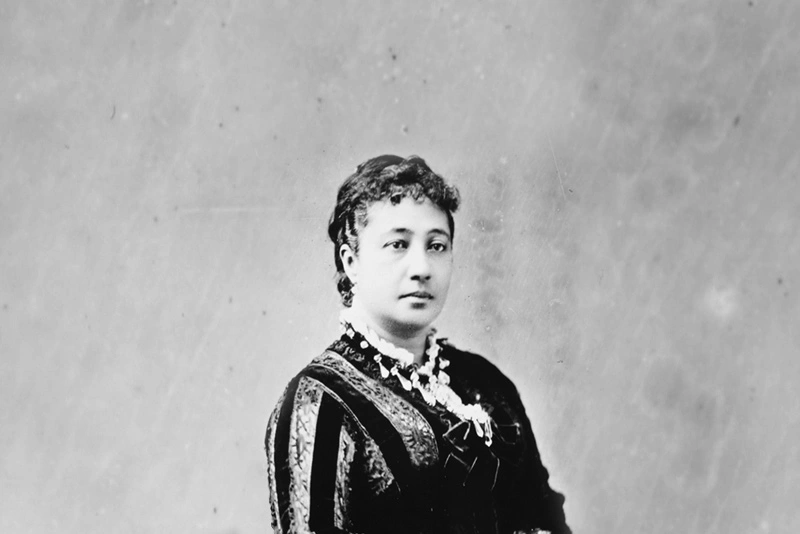On any given day, Kumu Alexis Kageyama, ‘Āina & Sustainability Engagement Instructor, could be found in the Māla ‘Ai o Kaʻuʻuku with her haumāna on Kamehameha Schools Mauiʻs Lower Division campus checking on the growth of the tomatoes or ʻuala, or feeding the moa in the Hale Moa (chicken coops).
But then the pandemic hit. And she was forced to contend with a question she never considered before: How do you teach ʻāina-based classes when the majority of your haumāna are at home behind the screen of an iPad?
“Previously our classes were very hands-on and experiential,” Kageyama said. “Being there in the māla, working with your hands, was really at the core of what we were teaching.”
Quickly, Kageyama and Kumu Hōkūao Pellegrino, ‘Āina & Sustainability Learning Designer & Facilitator, had to figure out how best to translate their ‘āina-engagement curriculum into something that can happen online.
“We had to pivot,” Pellegrino said. “We came up with a plan to create these māla ‘ai garden kits that haumāna can grow at home alongside their ʻohana to give them an experience of growing food and understanding the importance of food security at a critical time in our history.”
Pellegrino and Kageyama propagated some 4,000 plant seedlings of Hawaiian and vegetable crops, which they then distributed to haumāna at the Lower Division. A whole online learning experience and virtual huakaʻi lessons were then created around caring for these crops and most importantly, how to incorporate them into their diet.
“Haumāna created videos from their māla at home, where they updated us on the progress of the plants they received,” Kageyama said.
And Kageyama would do the same, creating videos posted to a new KS SustʻĀINAbility YouTube site from the school māla, updating haumāna on the new growth happening while students were away. In addition, Kageyama hosted video lessons posted to YouTube on experiments like creating a compost in a jar or planting sprouted seeds.
Videos have become a key feature in teaching and learning, said Pellegrino.
On the high school level, Pellegrino has been using videos from his farm in partnership with and Maui Huliau Foundation and other ‘āina-based learning partners, to take haumāna on virtual huakaʻi to farms and other ʻāina-based sites.
“Many of these ʻāina-based sites that are so invaluable to learning are closed right now,” Pellegrino said. “Anyway that we can support their efforts and showcase the good work that they do for our community is an integral part of our virtual ‘āina-based class.”
Pellegrino says the pandemic has also prompted a serious look at food security across the paeʻāina. In fact, this year Pellegrino is teaching a class tailored to online learning called Sustainable Food Systems of Hawaiʻi.
“The first half of the class was focused on traditional Hawaiian food crops. Students engaged with these plants, and the focus was to ground them in how our kūpuna attained food security,” Pellegrino said.
Hybrid-learning and the gradual increase of in-person instruction has helped to add hands-on experiences back to the curriculum. But the digital learning experiences used over the past several months aren’t going away anytime soon.
“Platforms like Seesaw and Canvas have opened up some interesting possibilities,” Kageyama said. “The digital lessons help support the time when we’re getting our hands dirty.”

Kumu Alexis Kageyama shows Kindergarten haumāna the lā’au lapa’au garden bed where medicinal plants grow in the Māla ‘Ai o Kaʻuʻuku on the Lower Division campus.
TAGS
CATEGORIES
Kaipuolono Article, Maui Newsroom, KS Maui Home, Maui Elementary School, Newsroom, Campus Programs, Maui
Print with photos
Print text only










